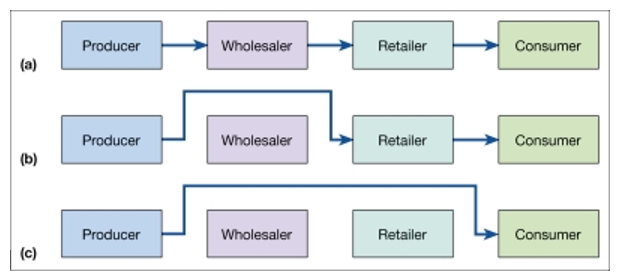 Disintermediation: (noun), the elimination of an intermediary in a transaction between two parties
Disintermediation: (noun), the elimination of an intermediary in a transaction between two parties
Those of us working in K-12 education policy should familiarize ourselves with this concept, often described as “cutting out the middleman.” Wikipedia helpfully explains:
Disintermediation initiated by consumers is often the result of high market transparency, in that buyers are aware of supply prices direct from the manufacturer. Buyers may choose to bypass the middlemen (wholesalers and retailers) to buy directly from the manufacture, and pay less. Buyers can alternatively elect to purchase from wholesalers. Often, a business-to-consumer electronic commerce (B2C) company functions as the bridge between buyer and manufacturer.
Well hello there, pandemic pods!
This trend has been going on for a long time with regard to enrichment educational activities. The pandemic has accelerated this trend into core academic instruction. If policymakers want low-income children and those with special needs to have the opportunity to participate, public policies allowing dollars to follow children will be necessary.
In the absence of such policies, already gigantic achievement gaps between the well-to-do may widen further still. The Denver school district among others recently essentially cautioned parents against forming pods expressing equity concerns. This is exactly the wrong approach. Rather, the district should be assisting interested disadvantaged families in the formation of pods of their own.


